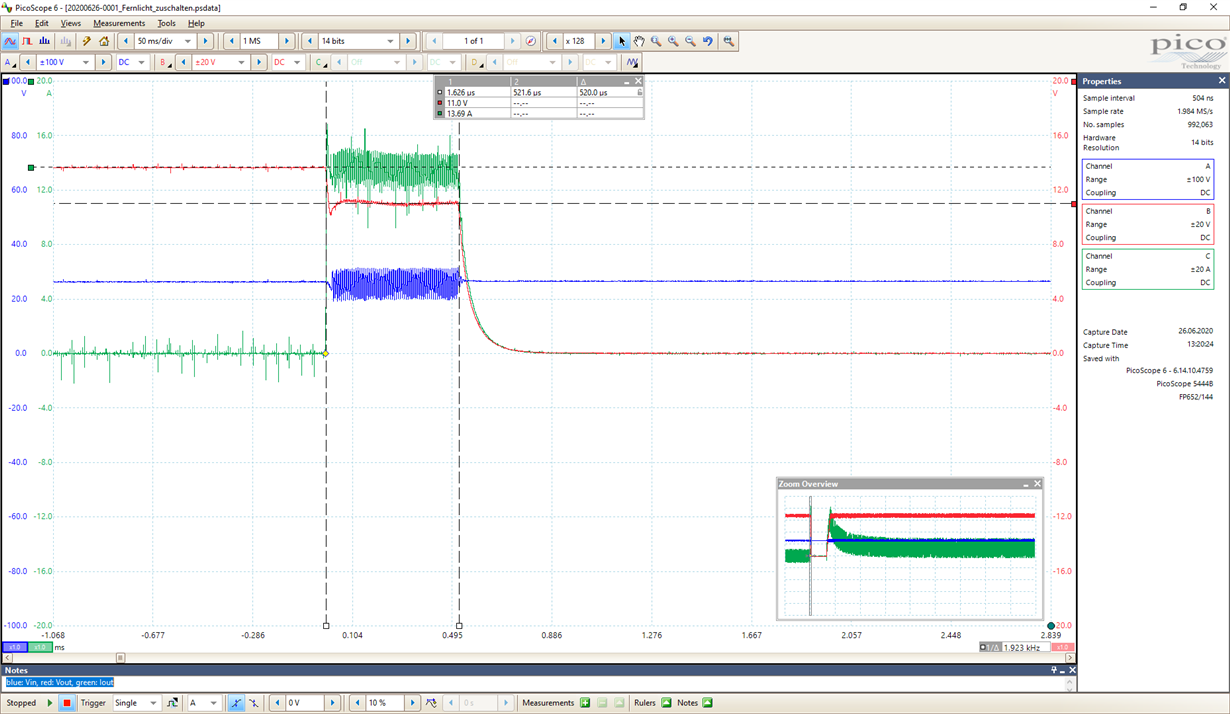Other Parts Discussed in Thread: LM5117, , LM5117-Q1
Hello
I have designed a DC/DC with a LM5146-Q1 (20V...90V Input, 13.6V Output, 10A Output), which is working well. But what I'm missing is a constant current (CC) behaviour for a time of at least 100ms. I'have seen the application SNVA829 with a LM5117 device, but the LM5117 allows a maximum of max 65V (recommended). Is there a alternative with a maximum input voltage of 90V?
Kind regards
Daniel



